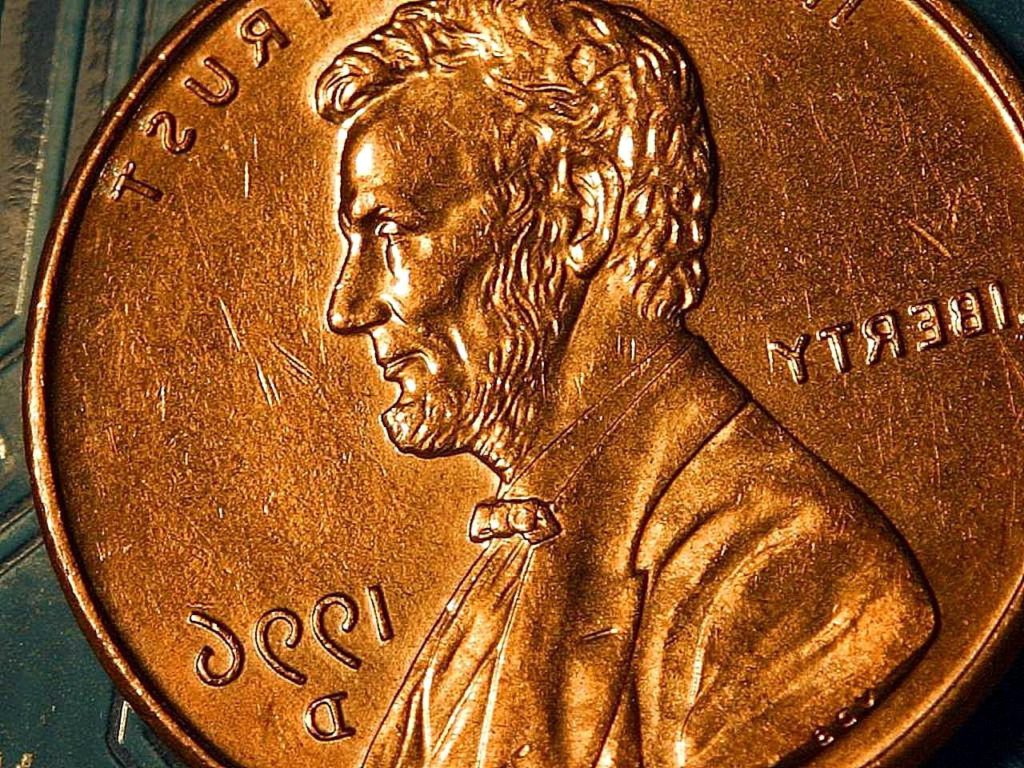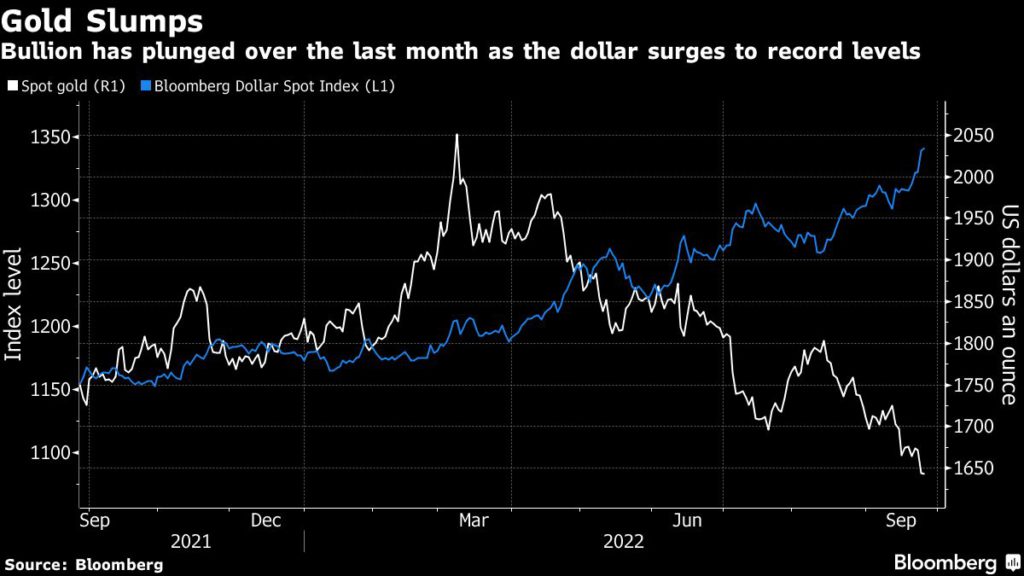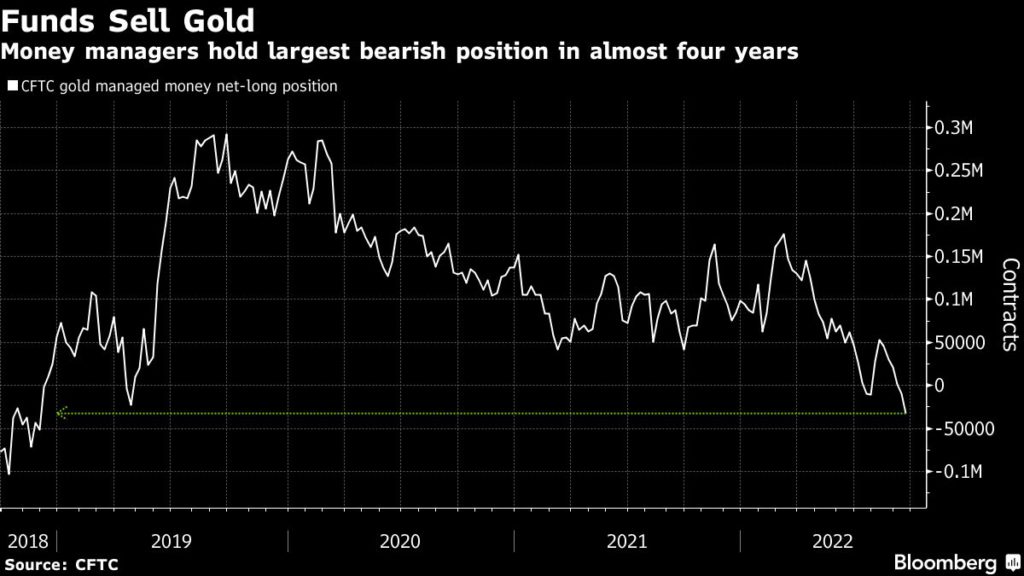Metals pare losses as traders assess recession risks, dollar

Industrial metals recouped losses, while gold fluctuated after dollar’s rally cooled, with traders assessing risks of a global recession.
The greenback gave up some strength after earlier rising to a record, providing some relief for commodities that are priced in the US currency. Still, investors’ appetite for the dollar as a haven asset in times of economic uncertainty means metals will likely remain under pressure going forward. Monetary tightening by global central banks to rein in rampant inflation risks a recession, clouding demand prospects for copper and other industrial metals.
“In general the outlook is pretty weak for metals,” said Ryan McKay, a commodity strategist at TD Securities. “Gold of course should falter under a hawkish Fed and higher rates for longer. Base metals seem to be losing some supply-side support and are looking quite vulnerable to deteriorating demand conditions,” he said.
Main metals traded on the London Metal Exchange were mixed, with copper gaining as much as 0.5% after tumbling 1.9% earlier and aluminum slipping 0.2% after dropping 1.2% earlier. Bullion steadied, after earlier touching the lowest in more than two years.

While gold is a traditional haven in times of economic distress, the precious metal has slumped over the past month in the face of the greenback’s relentless gains and hawkish moves by central banks. Bullion has entered a bear market, trading at a level 20% below its record high in 2020, alongside consistent outflows from exchange-traded funds back by it.
Oanda’s Ed Moya expects gold to continue to see a “rollercoaster ride” as rallying global bond yields will keep on making life tough on gold.
UBS Global Wealth Management strategists including Wayne Gordon see prices dropping into the low-to-mid $1,500s until at least the first half of 2023.
Copper, often seen as a bellwether of global growth, hit its lowest since July as investors bet on sharp slowdowns in the US and more demand turbulence in Europe amid the energy crisis. The weak yuan also adds to a burgeoning list of demand headwinds for China — the world’s top metals consumer — which is already dealing with a slump in the property sector and its strict Covid Zero policy.
London Metal Exchange copper stockpiles have continued to build, rising to the highest in over a month on Monday. That typically signals weakening demand, though the inventories are climbing from a historically low level.
Metals bears
Money managers last week became the most bearish on gold in almost four years as central banks around the world hiked rates in an effort to contain soaring prices. Copper speculators on the LME also cut their bullish bets to the lowest in three years.

In the coming week, markets may face fresh volatility from US inflation data and speeches by Federal Reserve officials including Vice Chair Lael Brainard and New York Fed President John Williams. Continued hawkish messages from the Fed could pressure metals.
Copper on the LME slipped 0.1% to $7,427 a ton by 3:36 p.m. local time, while most other metals including aluminum and zinc also retreated. Tin rose 2.1%. Spot gold rose 0.1% to $1,645.77 an ounce, after earlier sliding as much as 1%.
(By Yvonne Yue Li, with assistance from Mark Burton, Eddie Spence, Liz Ng and Sing Yee Ong)
{{ commodity.name }}
{{ post.title }}
{{ post.date }}

Comments